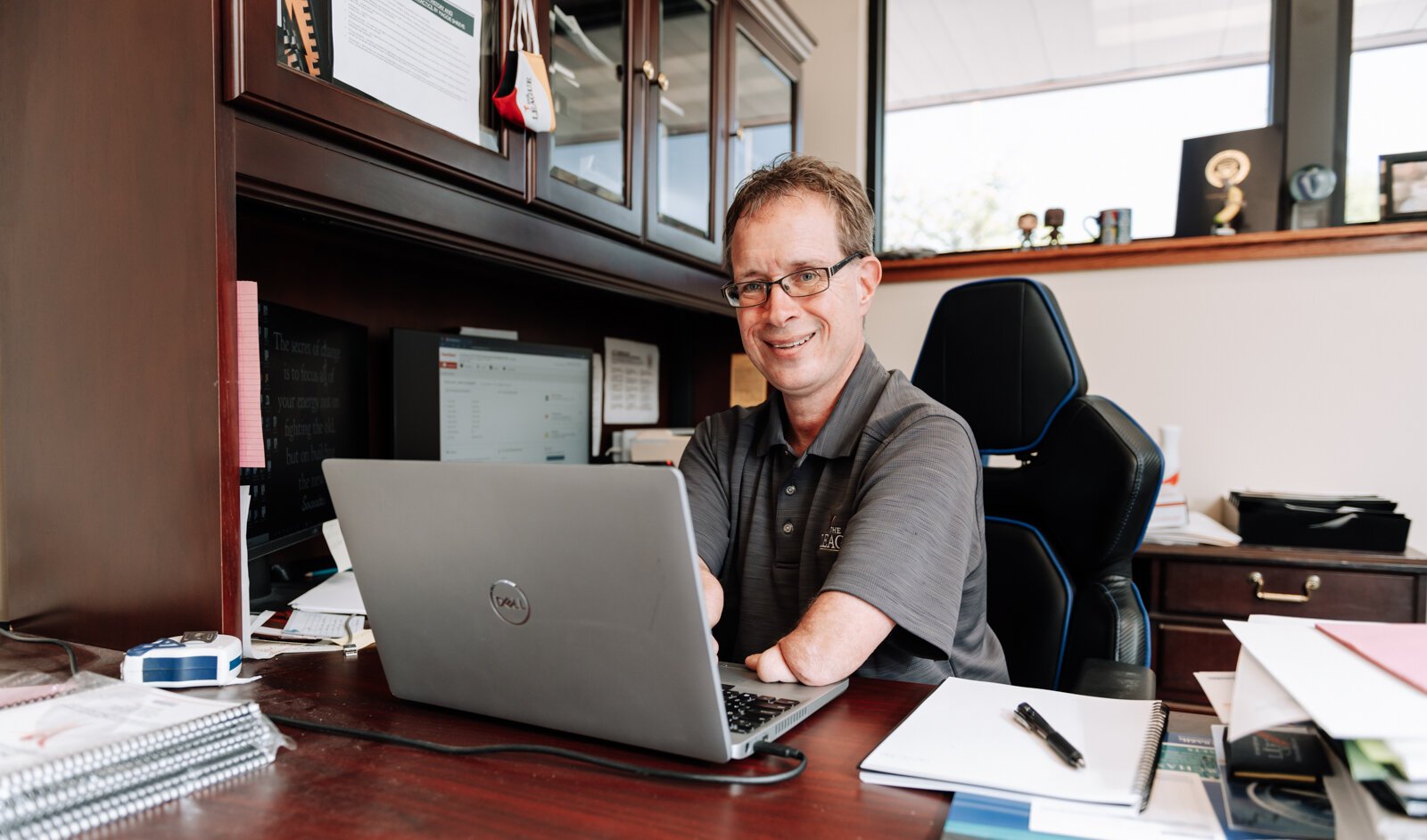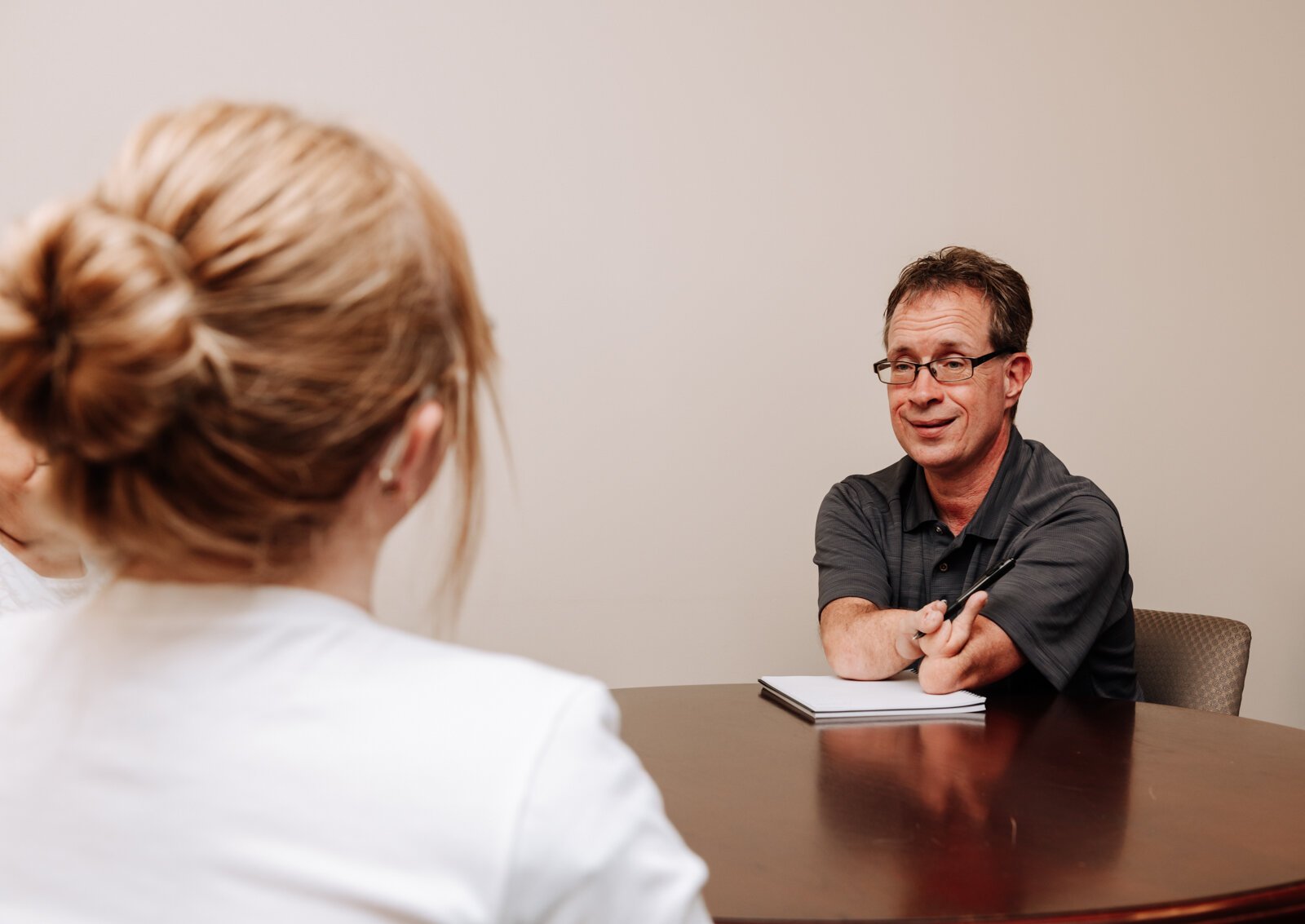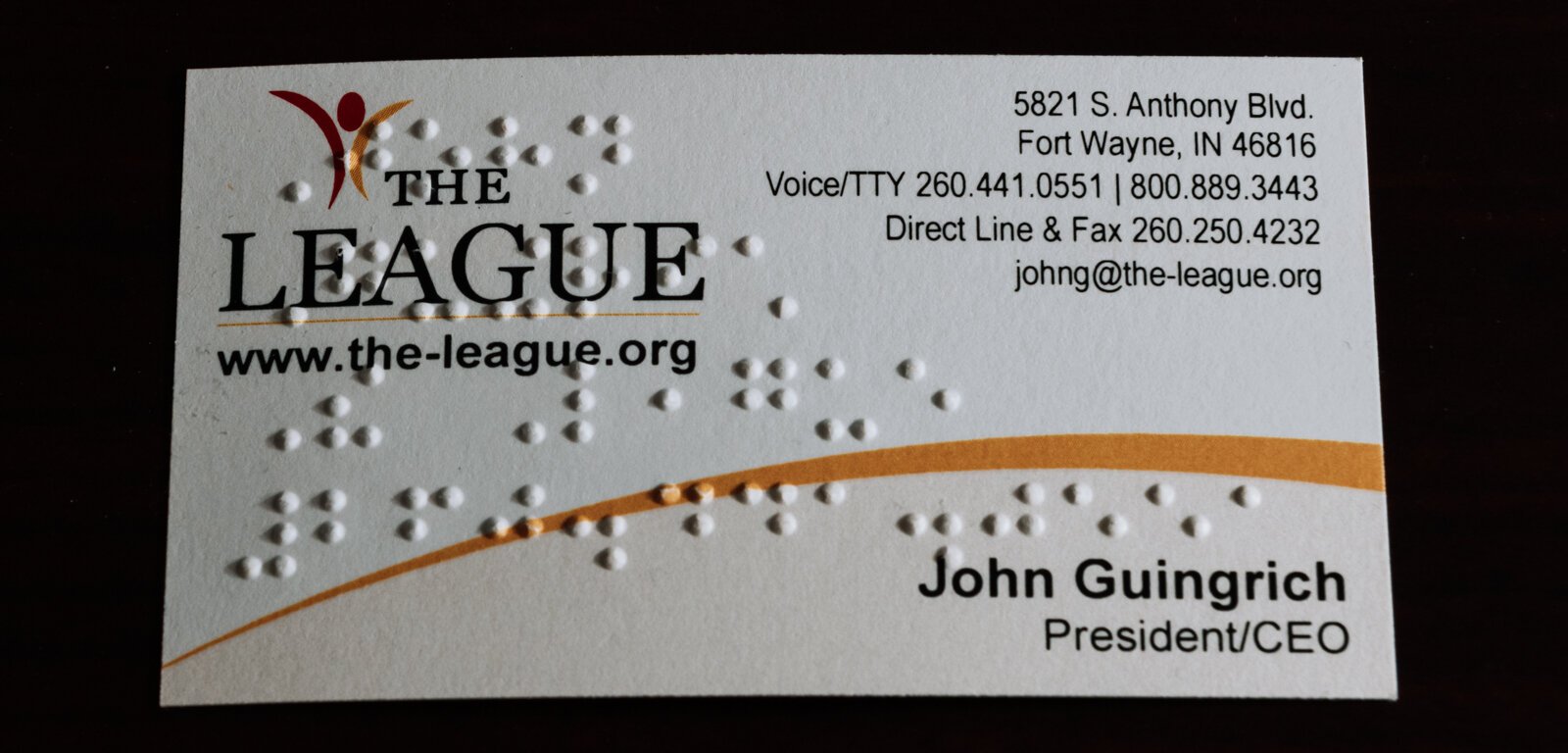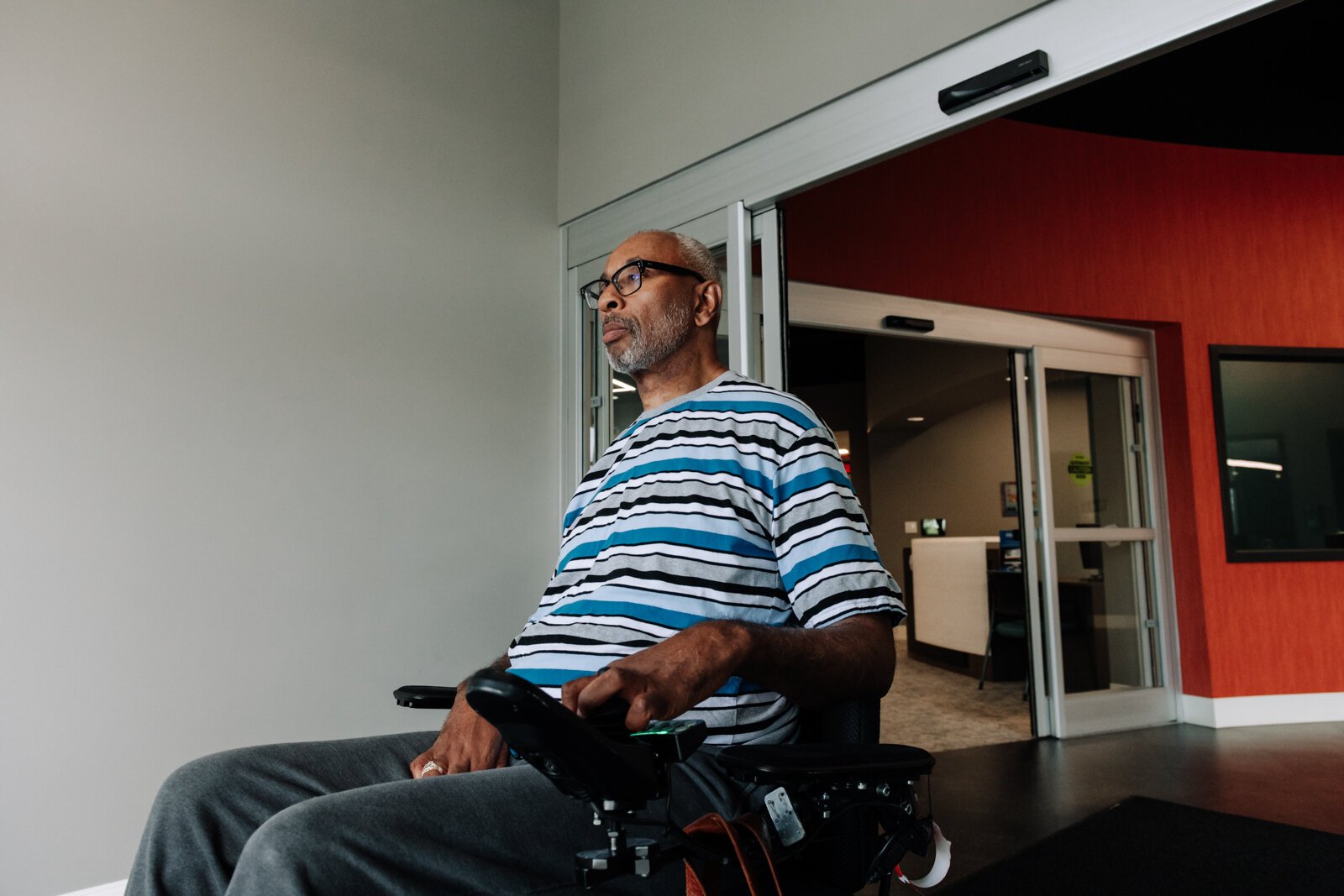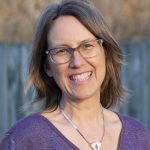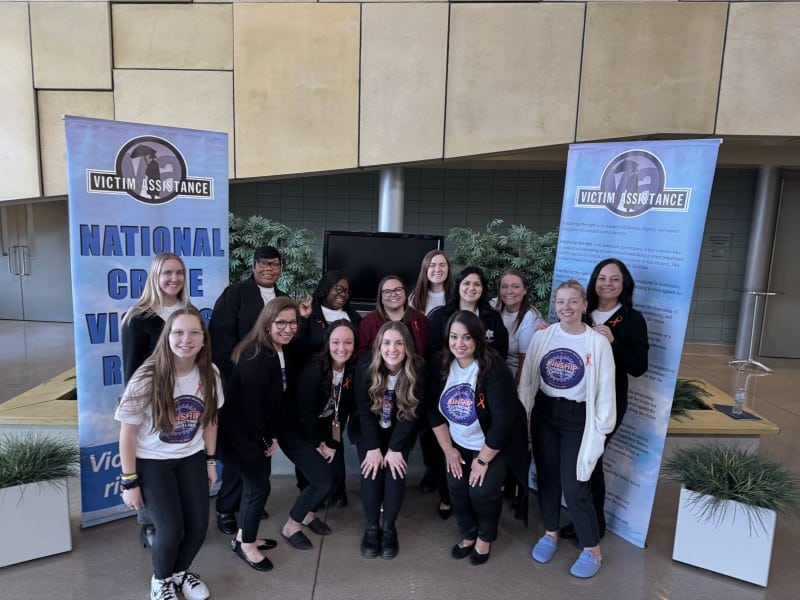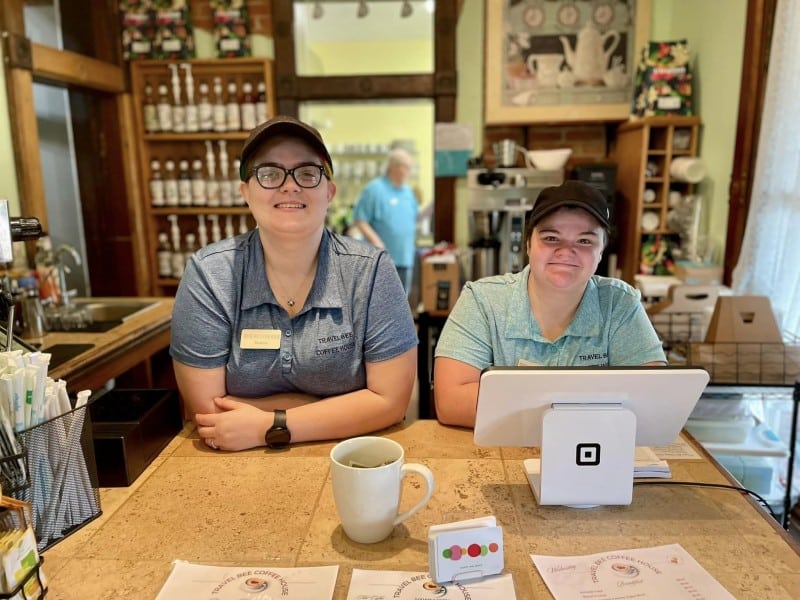How all-abilities friendly is Fort Wayne, and what’s being done to advance universal design?
How is Fort Wayne accommodating and supporting people with disabilities, and what could be done to improve conditions and infrastructure for all?
John Guingrich of Fort Wayne was born with a physical disability that affects both of his arms and his left leg, where he wears a prosthetic.
“For me, I was born with my disability so I didn’t learn how to do anything differently; I just do everything differently,” Guingrich says.
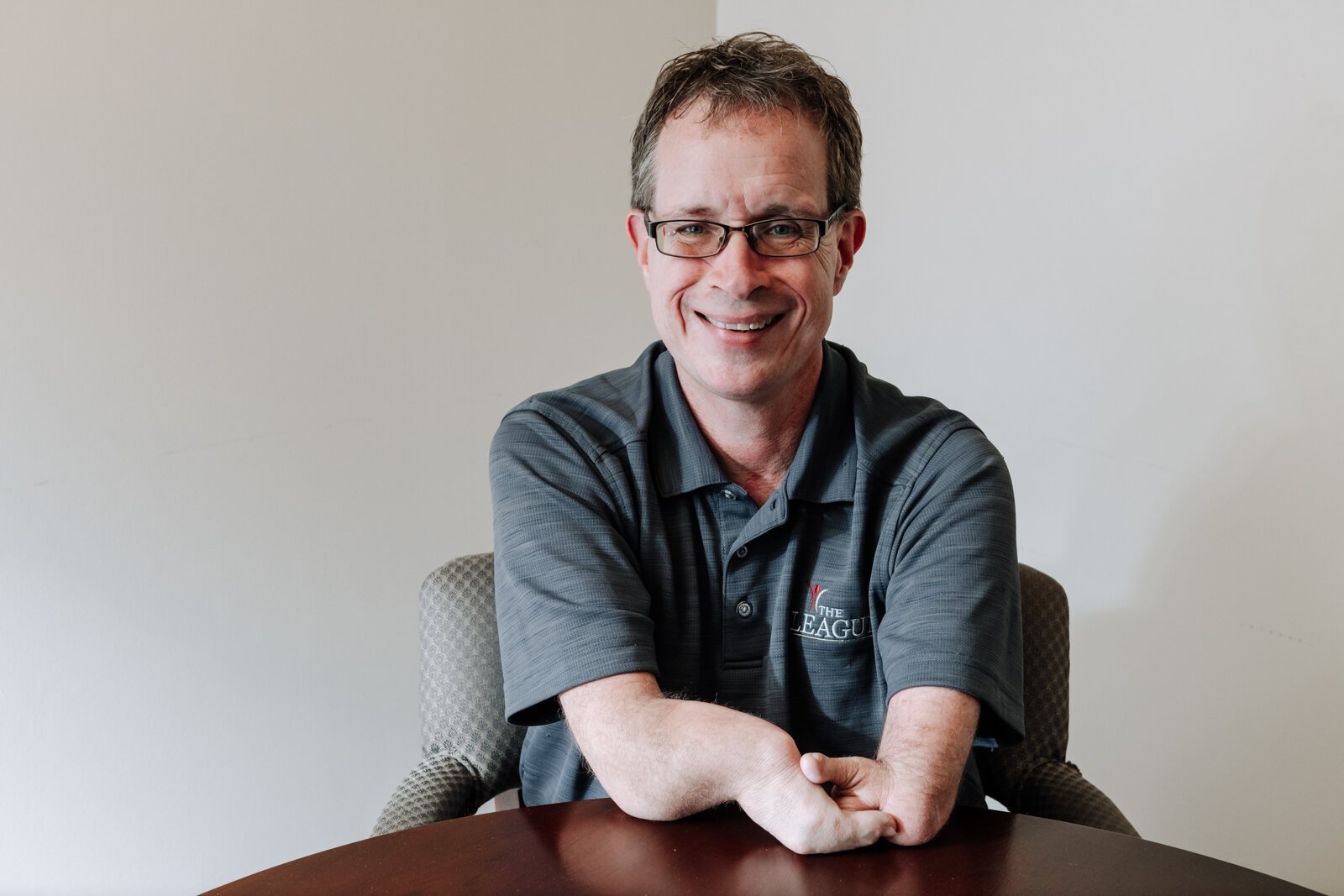
When he started working for Fort Wayne’s League for the Blind and Disabled in 1995, it was five years after the Americans with Disabilities Act (ADA) passed. The ADA’s standards prohibit discrimination against people with disabilities and are intended to ensure that people with disabilities have access to the same opportunities as everyone else in their cities, setting minimum standards for public infrastructure.
But when these standards were first implemented, Guingrich remembers there was an “us versus them mentality” in Fort Wayne when it came to making changes to infrastructure.
“People with disabilities, or disability organizations, went, ‘Hey, you need to do this,’ and everybody else was saying, ‘No, we don’t,'” Guingrich recalls. “We have come a long way since then.”
As Fort Wayne grows, more people are becoming aware of the benefits of Universal Design, or “the design of products and environments to be usable by all people, to the greatest extent possible, without the need for adaptation or specialized design.”
Today, Guingrich is President and CEO of the League, and he’s pleased that Fort Wayne is moving in a more inclusive direction when it comes to accessible infrastructure and people’s attitudes about it. He believes evidence of this shift can be seen across the community in a variety of ways.
“Promenade Park is an amazing park,” Guingrich says. “We have accessible playgrounds. We’re seeing strides in city and county government, even.”
So how is Fort Wayne supporting people with disabilities, and what could be done to improve conditions and infrastructure for all? Here are a few examples.
Fostering awareness, communication, and understanding
In May 2017, Fort Wayne and Allen County leaders created the Fort Wayne-Allen County Disability Advisory Council to advise the city and county on ways to improve the region for people with disabilities—and ultimately everyone.
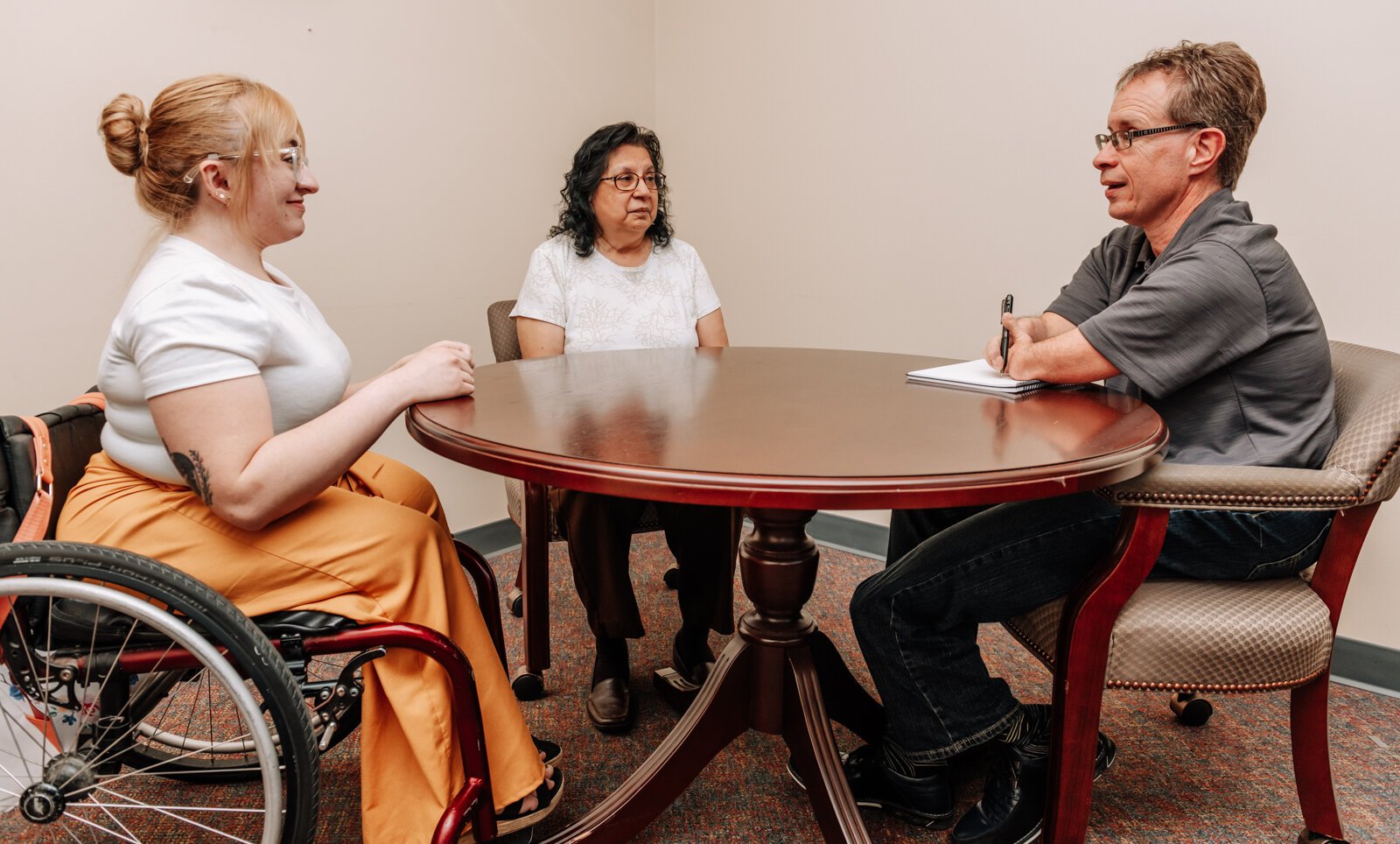
Guingrich serves on this council, which is made up of people with disabilities and other stakeholders appointed by the city, the county, and another advocacy organization called the Northeast Indiana Disability Advocacy Coalition (NEIDAC), of which The League is a member.
While The League has done systems-level advocacy on disability issues for years, a new project called the Inclusion Institute will take this a step further by having a dedicated team of employees who will focus on community-change issues. Guingrich believes an important first step of this work is simply increasing awareness of what challenges people with disabilities face locally, as well as what local people with disabilities can do to make their voices heard.
Each year, the Inclusion Institute will increase awareness by enrolling about 30 people with disabilities, along with allies, who will be trained on the various laws and best practices when it comes to inclusion. The Institute will focus on teaching people how to advocate for change and the leadership skills they need to serve on boards, councils, and commissions.
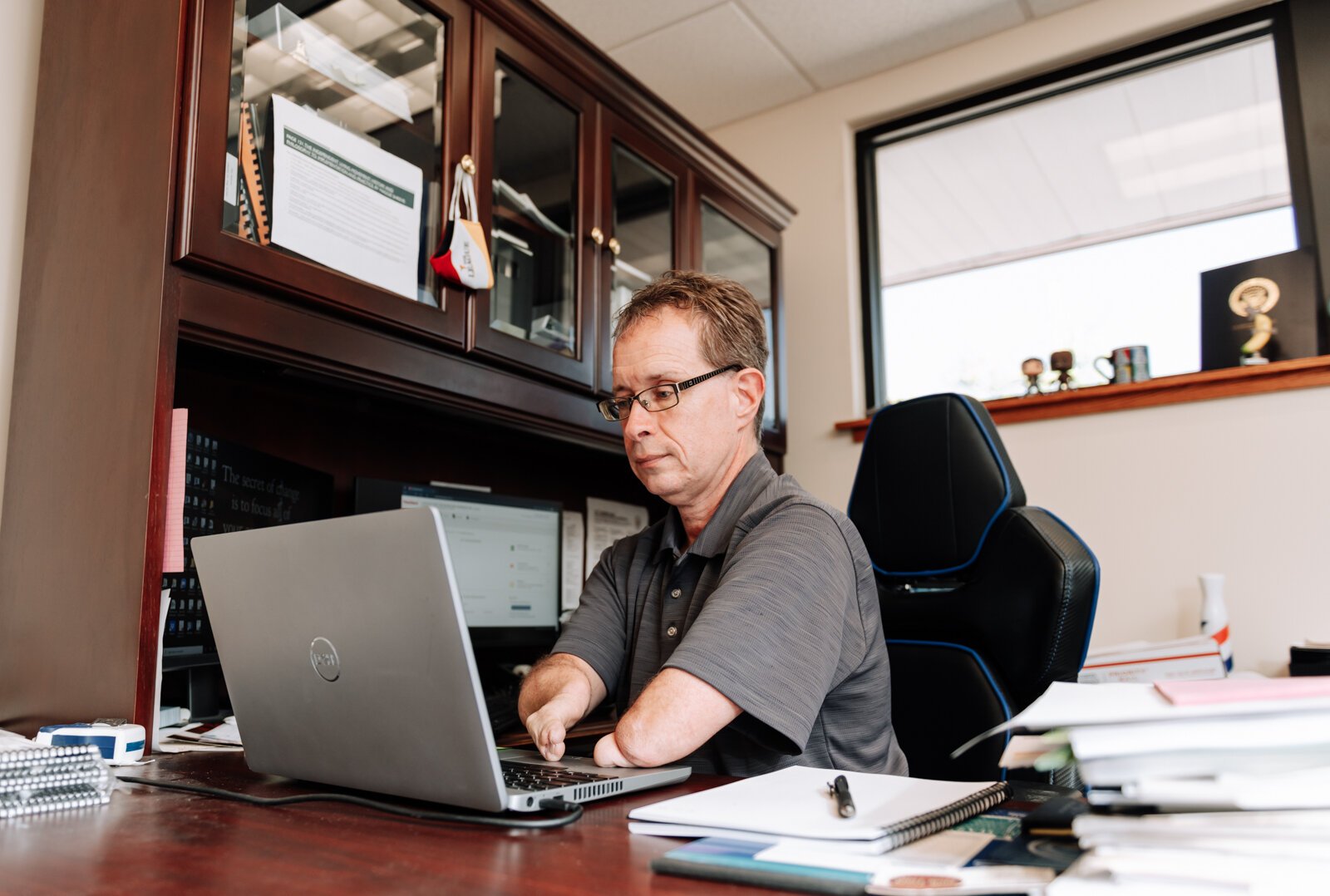
“Oftentimes, when we have to advocate on an issue, it is simply because the person that is not being as inclusive as they should be simply doesn’t know,” Guingrich says.
He points out that this lack of information can go both ways. Just as many people who are not living with a disability don’t know what issues people with disabilities face, people with disabilities also sometimes don’t know what to ask for or how to influence change.
As a result, Guingrich hopes increased awareness and collaboration will equip residents of all abilities to make more informed decisions.
“I really believe it is far more of an education and a mindset issue than it is anything else,” he says.
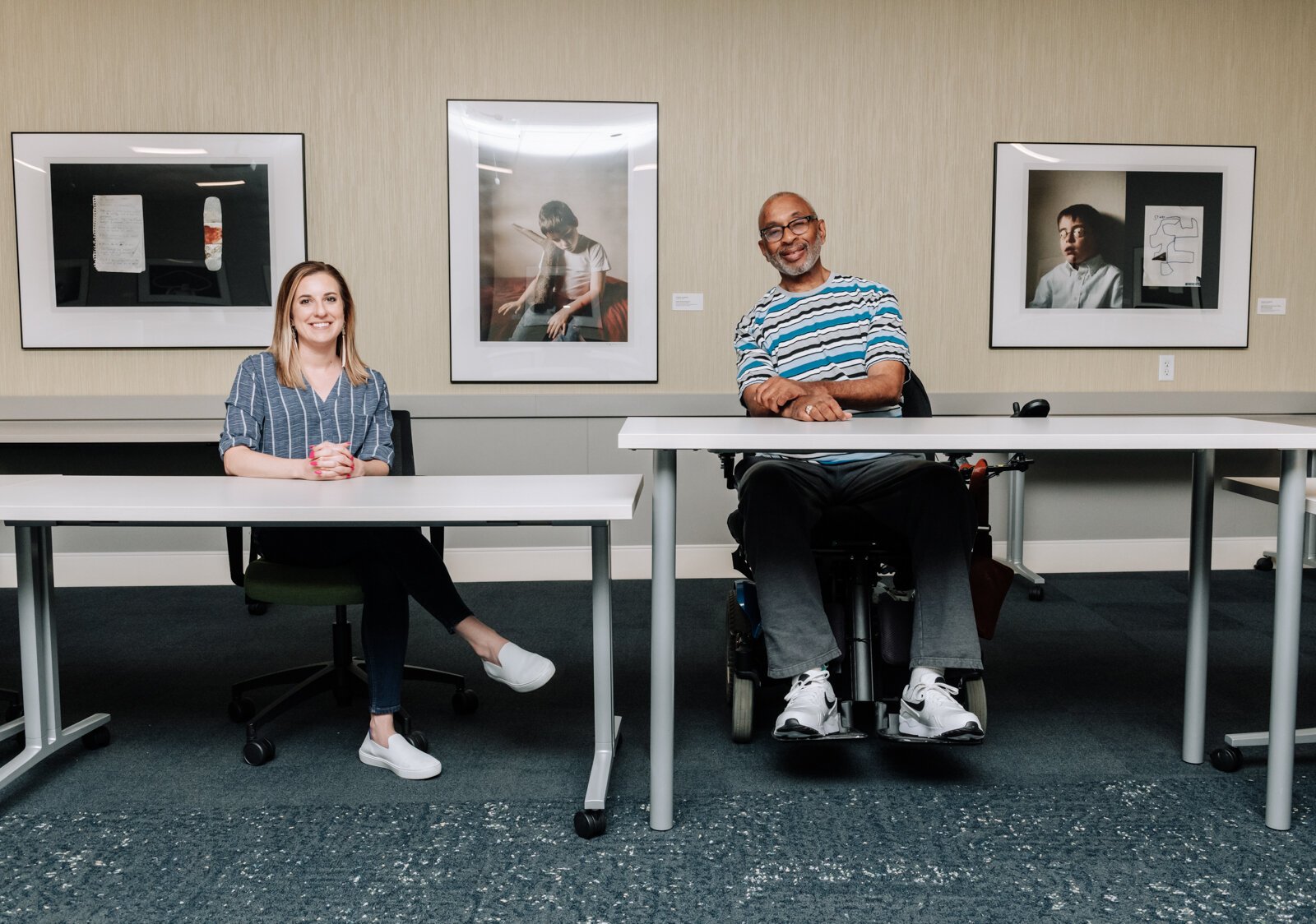
Adopting a mindset of universal design and connectivity
There are economic and humanitarian incentives to creating spaces where people of all abilities can not only function, but thrive. Increasing awareness of universal design and implementing it in cities not only helps people with disabilities participate in civic life, but also acknowledges the reality that many of the barriers they face are interrelated.
For instance, the League recently surveyed people with disabilities, and those supporting them, to find out what they viewed as some of the biggest challenges for people with disabilities in Fort Wayne. The answers they gave were transportation, employment, and housing, which Guingrich points out, are intimately connected.
“If you don’t have effective transportation, you’re not going to be able to get to your job; If you don’t have that well-paying job, your housing options are very limited,” he says.
Fred Fulkerson, who’s been totally blind since birth, has lived in several different cities in his 53 years of life. Compared to other places he’s lived, ranging from Austin, Texas to Cape Cod, Massachusetts, he says Fort Wayne is currently earning a grade of “C” in terms of disability-friendliness and accessibility.
“They’re moving forward and trying,” he says. “It’s kind of average in that way for the size of it.”
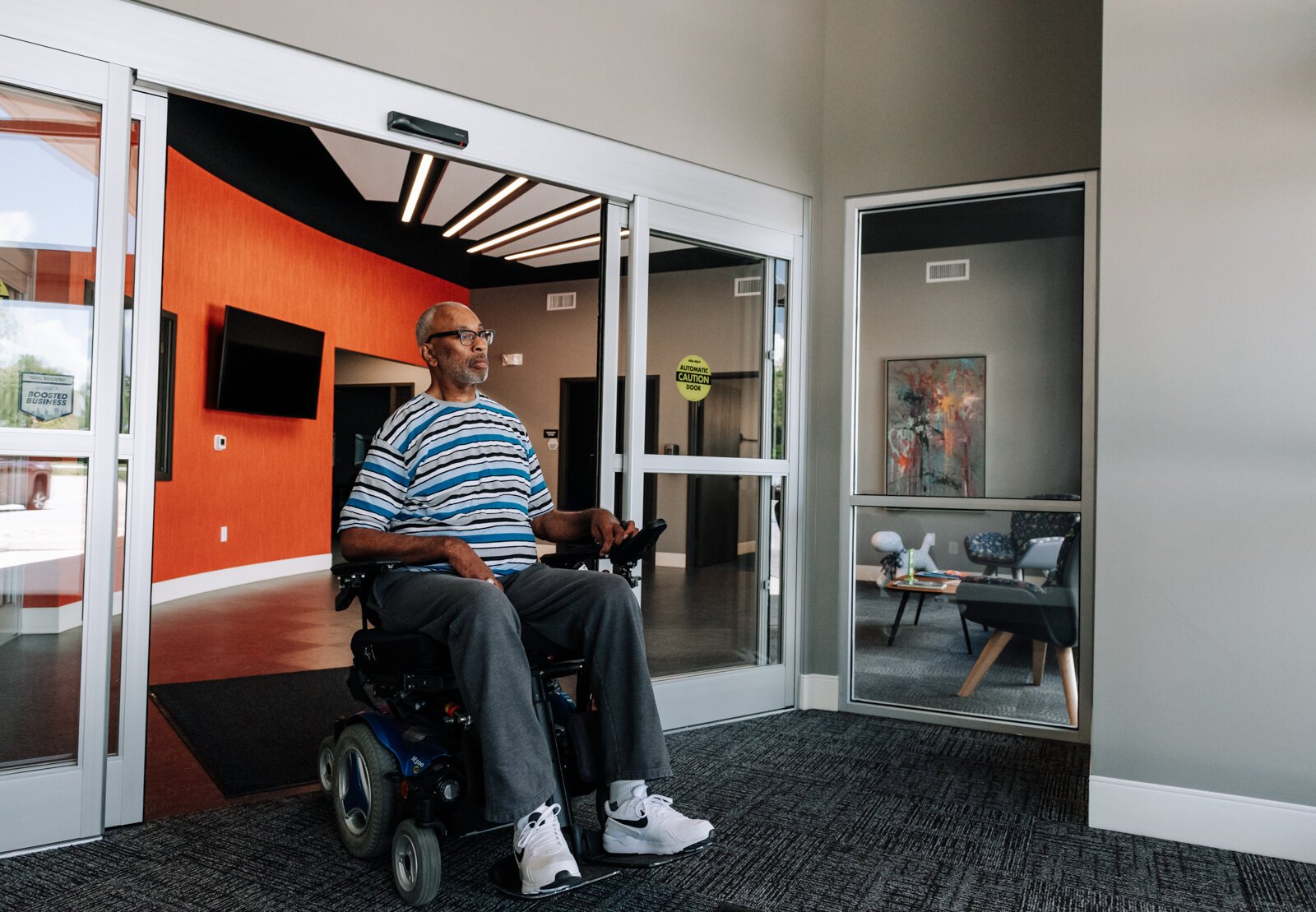
If Fort Wayne wants to do better, Fulkerson suggests leaders could look at Austin as a city to emulate for the sheer number of accommodating features that have been added to public infrastructure.
In Fort Wayne, Fulkerson identifies transportation as one of the biggest issues facing people with disabilities. The quality and availability of public transportation can enhance or detract from a city’s livability and has a disproportionate impact on people with disabilities who often cannot drive themselves.
Fulkerson uses Citilink Access, which provides curb-to-curb transit service to get him back and forth to work at the League every day.
“You schedule rides 48-hours out; they pick you up at your house, take you to where you’re going, and drop you off there,” he says. “It is a good service, a well-needed service.”
Even so, he notes that many of the transportation options for people with disabilities in Fort Wayne are available based on insurance and only take people to medical appointments. Transportation for people with disabilities to go anywhere they want is limited, which in turn, limits how they are able to work and interact with their communities.
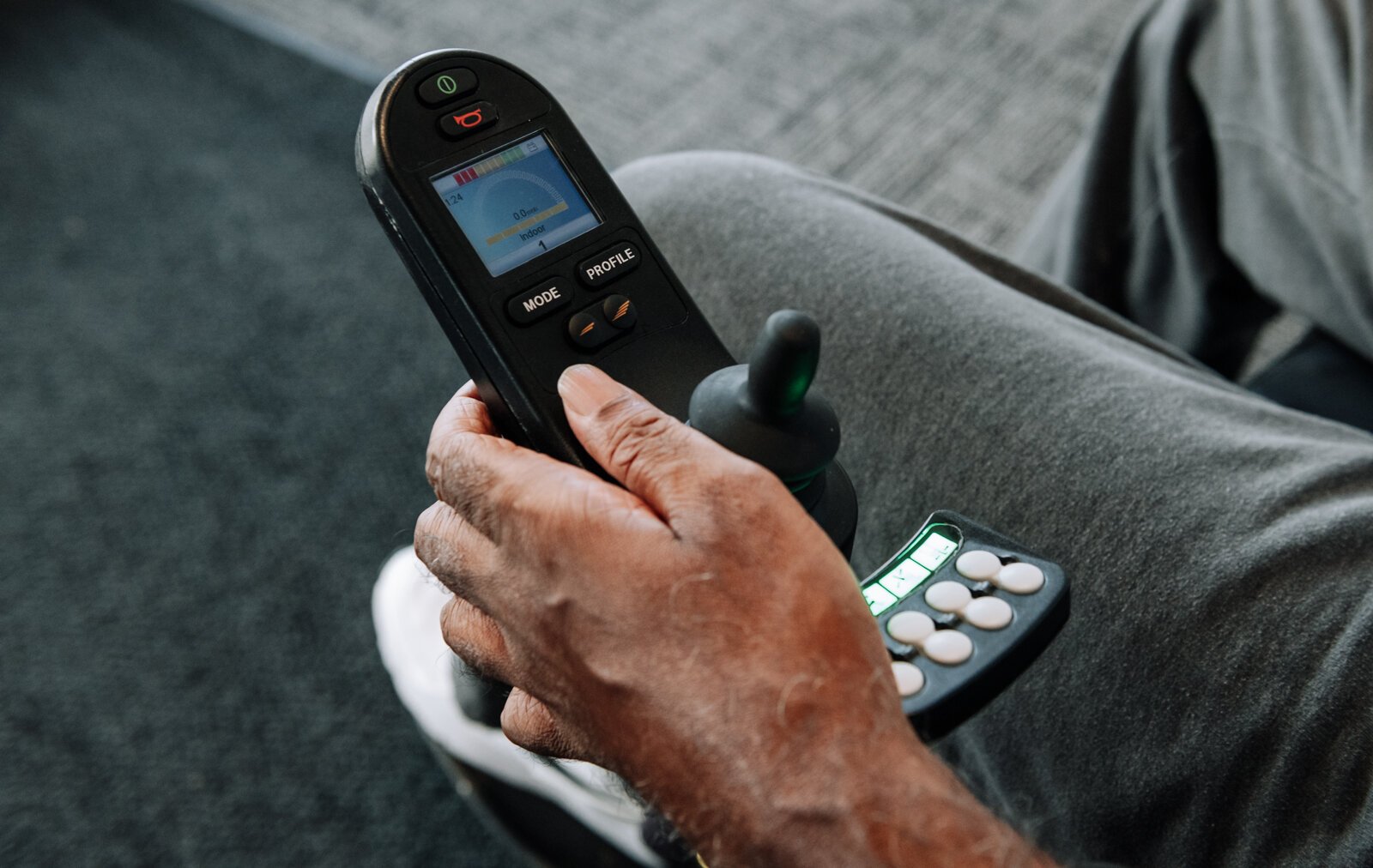
Another issue facing people with disabilities is employment. When Fulkerson first moved to Fort Wayne, he was looking for a job. He had a degree in sound engineering and started going to the former IPFW (now Purdue Fort Wayne) to get a degree in interpersonal communications. He was just looking for a dishwasher job, but says it was very difficult for him to get even that. Eventually, he got a job at the League, where he has been employed for seven years, teaching independent living skills to people who lose their vision.
Creating inclusive public spaces and recreation opportunities
Along with serving people who have disabilities, Fulkerson and others at the League have also advised the Fort Wayne Parks and Recreation department on issues of accessibility in the community. For instance, they helped guide the process of engineering public spaces, like the riverfront Promenade Park, which have made an intentional effort to be inclusive.
Thanks in part to these efforts, Promenade Park has earned several awards for its universal design, including a 2021 Urban Land Institute (ULI) Americas Awards for Excellence.

In a press release, Patti Hays, AWS Foundation’s CEO, points out that the parks’ design modifications “go well beyond ADA to promote access for people of all abilities.”
“They really are trying to make things accessible,” Fulkerson says of the Fort Wayne Parks Department.

Along with public parks, Fort Wayne is making public art more accessible, too. Art This Way recently announced they will install an additional six tactile signs to murals in Downtown Fort Wayne, bringing the total number of inclusive signs to 11. The 3D-printed signs are designed to allow those with visual impairments to experience the art through touch and are further enhanced by QR codes that direct people to audio recordings of the artists describing their works.
Fulkerson sees another sign of positive momentum as basic infrastructure improvements, like adding audible pedestrian signals, curb cuts, and tactile paving to crosswalks, which he says there just aren’t enough of yet in Fort Wayne.
Along with accessible public spaces, accessible housing is another challenge.
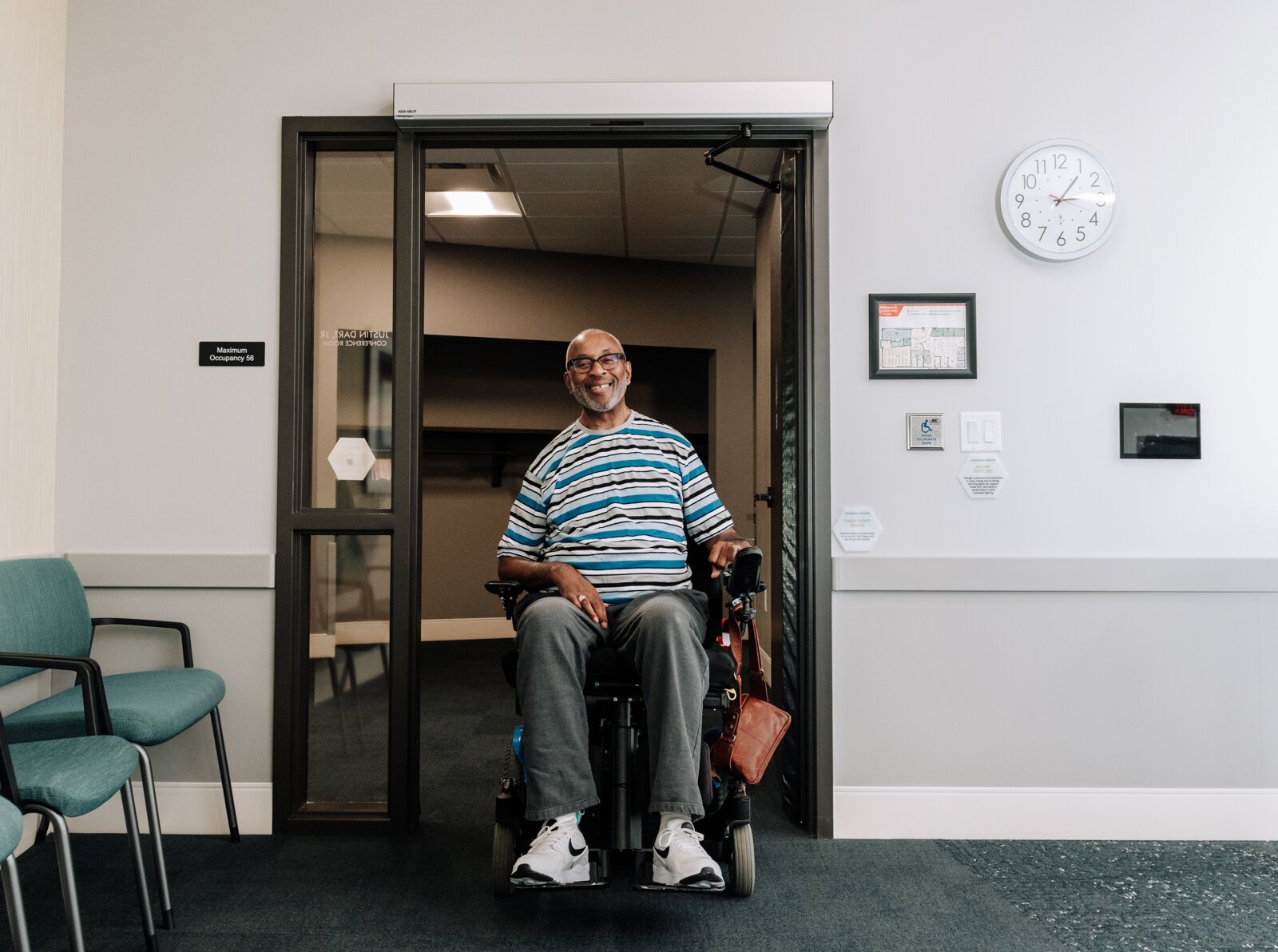
Increasing inclusive housing stock
Prior to having an accident six years ago that left him paralyzed from the chest down, Clif Wallace hadn’t given much thought to issues of accessibility. Now that he relies on help from others and serves on the board of directors for the League, he thinks about it a lot.
While Wallace, now 62 years old, has been able to recover some of his mobility, he still relies on a wheelchair to get around. But once he was ready to live on his own again after the accident, he couldn’t find housing that would accommodate his disabilities. He was planning to move into an apartment designed for seniors, but the threshold for the front door was too high for his powered wheelchair. So he found a different senior living community, but it had another problem: There was not enough space in the kitchen for him to turn around.
“Right now, we have a significant shortage of housing that will accommodate folks with a variety of disabilities,” Wallace says.
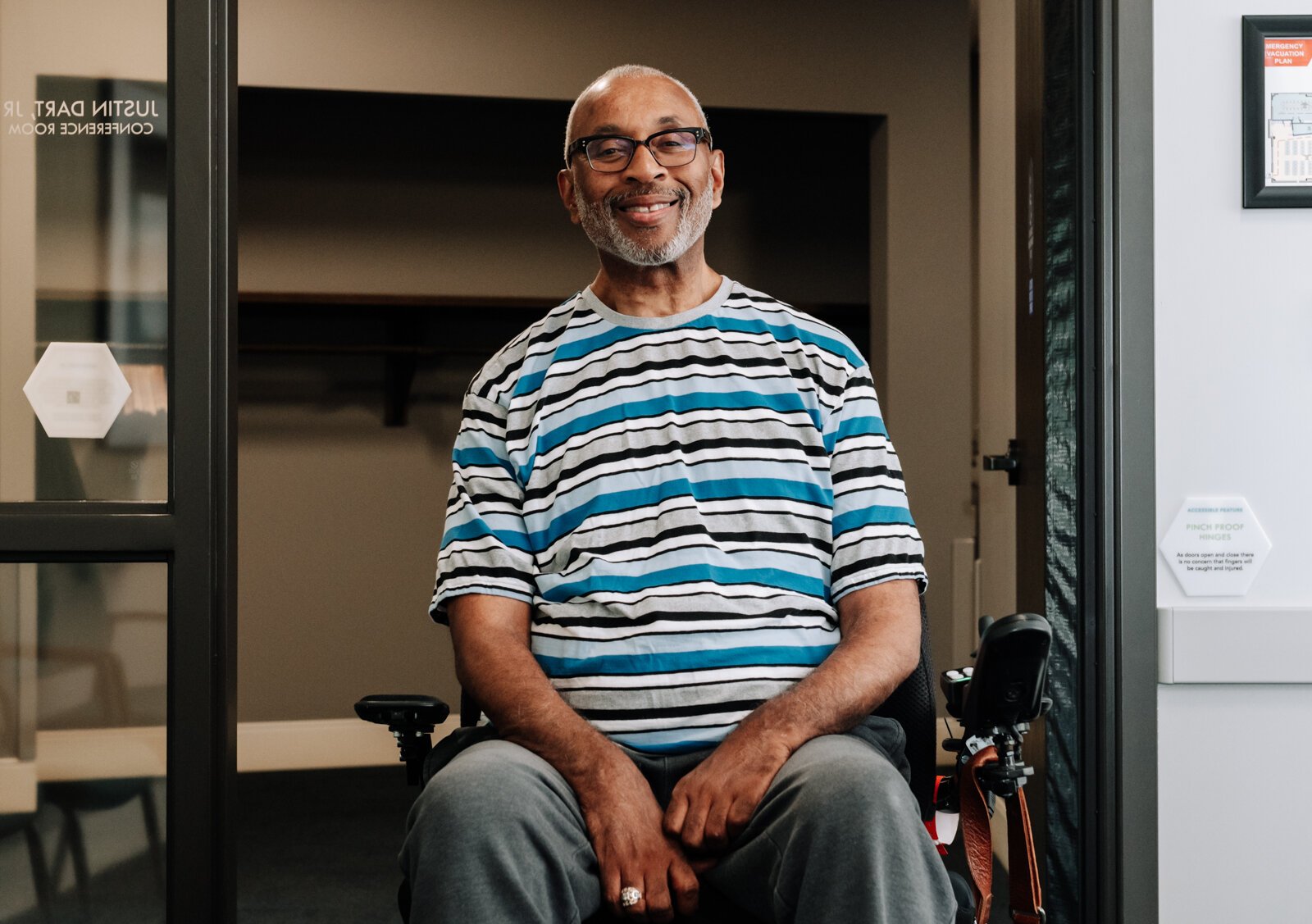
Across the U.S., and in Fort Wayne, the extreme shortage of housing stock–exaggerated by the pandemic–is even more challenging for people who have specific housing needs.
Wallace is hoping to make the housing situation better for himself and others by participating in an ongoing task force called the Back Home in Indiana Alliance. This project of the Governor’s Council for People with Disabilities is working to “increase Indiana’s supply of affordable, accessible, and integrated housing.”
“One of the beautiful things about Fort Wayne is that we do have a very vibrant nonprofit community that addresses a lot of these issues, so you have resources,” Wallace says. “The problem we have with all these resources is that they’re over here; they’re over there… and there’s no easy clearinghouse where you can go and just tap into…. AWS has done a tremendous job of putting something together like that, but it’s so big and so broad. And there’s new stuff coming up all the time, so it’s tough to stay abreast of all of it.”
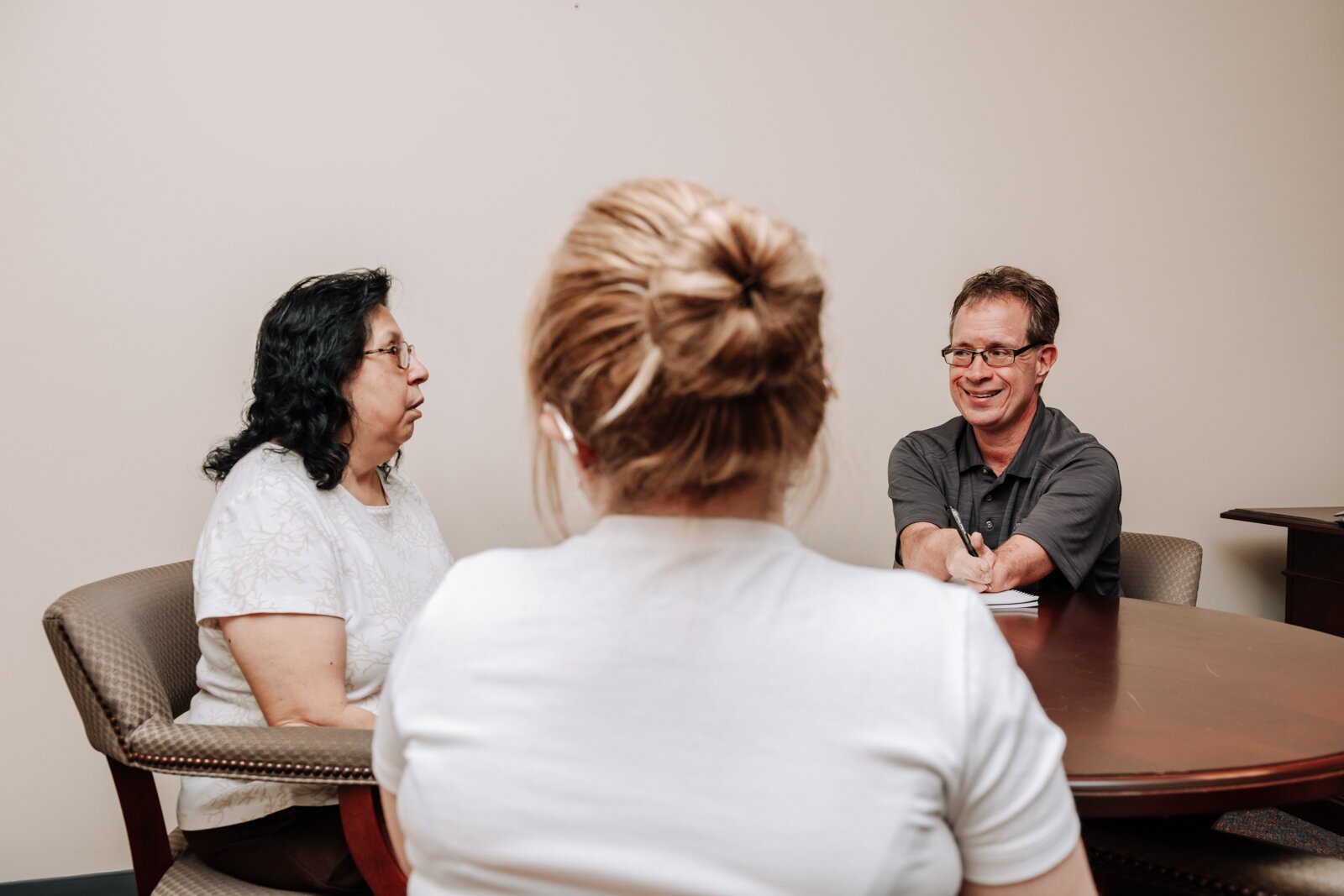
As the services to support people with disabilities evolve in Fort Wayne, there’s also a need for greater integration and collaboration.
This story is part of a series on the 8 Domains of Livability in Northeast Indiana, funded by AARP.


